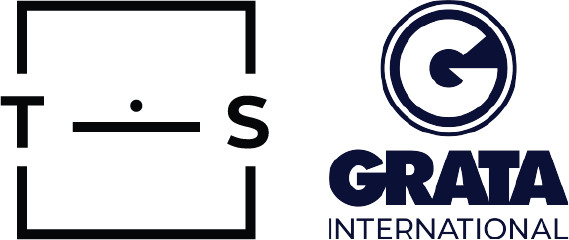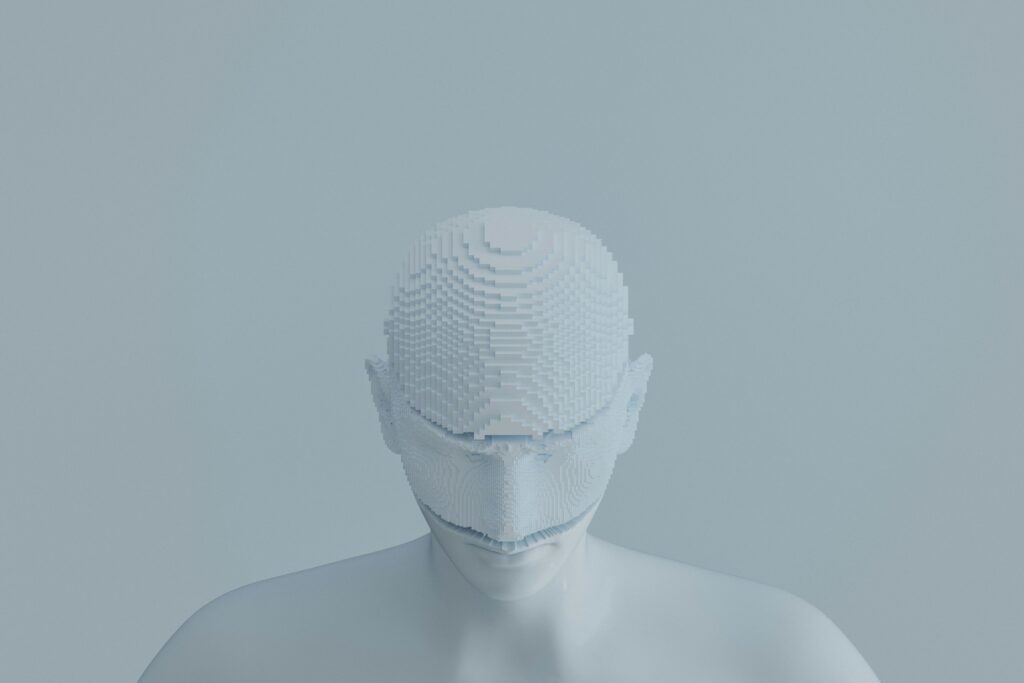Artificial intelligence has experienced significant developments in the past decade, thanks to the massive amount of available data, improved computer performance, and the development of new architecture based on deep learning. In contrast to a classic computer program which represents a simple tool for work in the hands of a person and older artificial intelligence systems based on behaviour prediction, new forms of artificial intelligence which are based on the principles of deep learning or artificial neural networks are capable of autonomously generating completely new content (hence the name generative artificial intelligence).
We all feel the consequences of the so-called ’fourth revolution’, whether we are excited about the new possibilities of applying artificial intelligence or anxious about the potential job loss. Artificial intelligence arrives in many forms and with different purposes, along with the potential to replace human work in any industry. The creative industry has proven itself to be particularly fertile ground for the “proliferation” of various forms of artificial intelligence. Artificial intelligence composes music, writes songs, novels, newspaper articles, creates pictures and photographs, and recently began to “film” movies!
Currently, the most famous artificial intelligence model for creating audiovisual works is SORA. Developed by the company Open AI, this model generates short video clips based on user prompts (text-to-video model). Several other models for generating audiovisual content from prompts were created before SORA, including Make-A-Video by Meta and Google’s Lumiere. That artificial intelligence can also be a good screenwriter was demonstrated by the 2016 Sci-Fi film “Sunspring”, which made it to the top 10 at the annual Sci-Fi Film Festival in London. The complete script was written by Benjamin AI which is based on an artificial neural network and trained on the scripts of sci-fi movies from the 1980’s and 90’s.
Given that generative artificial intelligence creates completely new content which is difficult to relate to the intellectual work of a specific natural person, whether it is the developer of the artificial intelligence system, the author of the work that was used for its training, or the user who initiated the creation process with his instructions, the question of the position of such content within the current system of copyright protection has arisen, or specifically for us in this text the question of whether artificial intelligence can be considered the author of a film.
The answer to this question can be found in the Law on Copyright and Related Rights, specifically in Article 2, which defines the concept of copyrighted work, and Article 9, which prescribes who is the author of the work. In other words, we must first answer the question of whether the content created by artificial intelligence is subject to copyright, and only if the answer is affirmative, who is the author of that work.
Article 2, paragraph 1 of the Law on Copyright and Related Rights defines copyrighted work as the original intellectual creation of the author, expressed in a certain form, regardless of its artistic, scientific or other value, its purpose, size, content and manner of expression, as well as the permissibility of publicly communicating its content.
Therefore, in order for a work to be copyrighted, it must represent the original spiritual expression of the author, an expression of their personality, creation, state of mind, i.e. intellect. Originality and spirituality are two sides of the same coin since originality is defined by the representation of the author’s personality. And already at this first step, artificial intelligence has failed the test, given that the content it generates cannot represent an expression of its personality (because this is a quality it does not possess), and it does not represent their spiritual creation, at least until the moment when artificial intelligence becomes “real ” intelligence, or until it becomes a self-aware being capable of representing “itself” through its work.
The legislator is also aware of this, therefore Article 9 of the Law on Copyright and Related Rights stipulates that an author is a natural person who created the copyrighted work. Therefore, only a natural person can express the state of their spirit in a certain form, i.e., only they can create a copyrighted work. Artificial intelligence is not a natural person, and in accordance with current regulations, it will not be considered the author of the content it has generated. Considering that artificial intelligence is not even a legal entity and that the question of responsibility for the damage caused by it acting autonomously in accordance with its own programming and purpose could potentially be raised, the European Parliament is considering the possibility of introducing a third category of persons, so-called “electronic persons”, which would include robots and artificial intelligence.
To conclude, in accordance with domestic positive legal regulations, content generated by artificial intelligence does not represent work that can be attributed to the authorship of artificial intelligence by itself.
And, even if it would seem logical at first glance, we did not quote Article 11 of the Law on Copyright and Related Rights which states that the authors of a film work are the screenwriter, the director and the chief cinematographer for pushing our case, because the question whether artificial intelligence can be a director or screenwriter is actually already contained in the primary question of whether artificial intelligence can be an author. If it can be an author, then it can also be a screenwriter, so Benjamin would be considered the author of the award-winning film work “Sunspring”, which is certainly not the case.
Bearing in mind that artificial intelligence cannot be the author of the content it has generated, the question arises whether the author of that content could be another person and whether the creation of artificial intelligence is protected by copyright. Due to space limitations, we will try to answer these questions in the next edition of the Bulletin.




